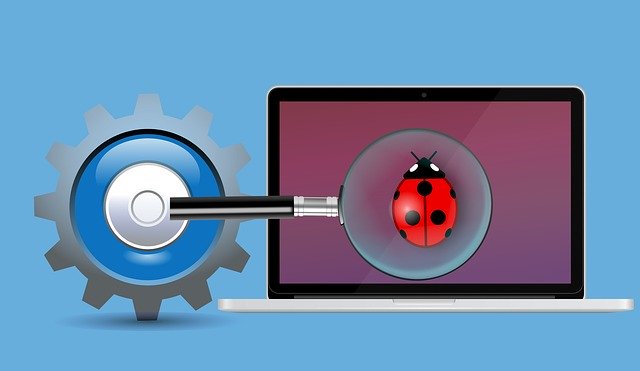Are you confused by this title? We generally think of unit testing as something that’s done deep in the code, and we think of UI testing as something that’s done with the browser once an application has been deployed. But recently I learned that there’s such a thing as UI unit testing, and I’m really excited about it!
Wikipedia defines unit testing in this way: “a software testing method by which individual units of source code—sets of one or more computer program modules together with associated control data, usage procedures, and operating procedures—are tested to determine whether they are fit for use”. We can think of individual UI components as units of source code as well. Two popular front-end frameworks make it easy to do UI unit testing: React and Angular. In this post, I’ll walk through a simple example for each.

Fortunately the good people who write documentation for React and Angular have made it really easy to get set up with a new project! You can find the steps for setting up a React project here: https://create-react-app.dev/docs/getting-started/, and the steps for setting up an Angular project here: https://angular.io/guide/setup-local. I’ll be walking you through both sets of steps in this post. Important note: both React and Angular will need to have Node installed in order to run.
React:
From the command line, navigate to the folder where you would like to create your React project. Then type the following:
npx create-react-app my-react-app
cd my-react-app
This will create a new React project called my-react-app, and then change directories to that project.
Next you’ll open that my-react-app folder in your favorite code editor (I really like VS Code).
Open up the src folder, then the App.js file. In that file you can see that there is some HTML which includes a link to a React tutorial with the text “Learn React”.
Now let’s take a look at the App.test.js file. This is our test file, and it has one test, which checks to see that the “Learn React” link is present.
Let’s try running the test! In the command line, type npm test, then the Enter key, then a. The test should run and pass.
If you open the App.js file and change the link text on line 19 to something else, like Hello World! and save, you’ll see the test run again and fail, because the link now has a different text. If you open the App.test.js file and change the getByText on line 7 from /learn react/ to /Hello World!/ and save, you’ll see the test run again, and this time it will pass.
Angular:
To create an Angular app, you first need to install Angular. In the command line, navigate to the folder where you’d like to create your new project, and type npm install -g @angular/cli.
Now you can create your new app by typing ng new my-angular-app. Then change directories to your new app by typing cd my-angular-app.
Let’s take a look at the app you created by opening the my-angular-app folder in your favorite code editor. Open the src folder, then the app folder, and take a look at the app.component.ts file: it creates a web page with the title ‘my-angular-app’. Now let’s take a look at the the test file: app.component.spec.ts. It has three tests: it tests that the app has been created, that it has my-angular-app as the title and that the title is rendered on the page.
To run the tests, simply type ng-test in the command line. This will compile the code and launch a Karma window, which is where the tests are run. The tests should run and pass.
Let’s make a change to the app: in the app.component.ts file, change the title on line 9 to Hello Again!. The Karma tests will run again, and now you will see that two tests are failing, because we changed the title. We can update our tests by going to the app.component.spec.js file and changing lines 23, 26, and 33 to have Hello Again! instead of my-angular-app. Save, and the tests should run again and pass.
Did you notice something interesting about these tests? They didn’t actually require the application to be deployed! The Angular application did launch a local browser instance, but it wasn’t deployed anywhere else. And the React application didn’t launch a browser at all when it ran the tests. So there you have it! It’s possible to run unit tests on the UI.








